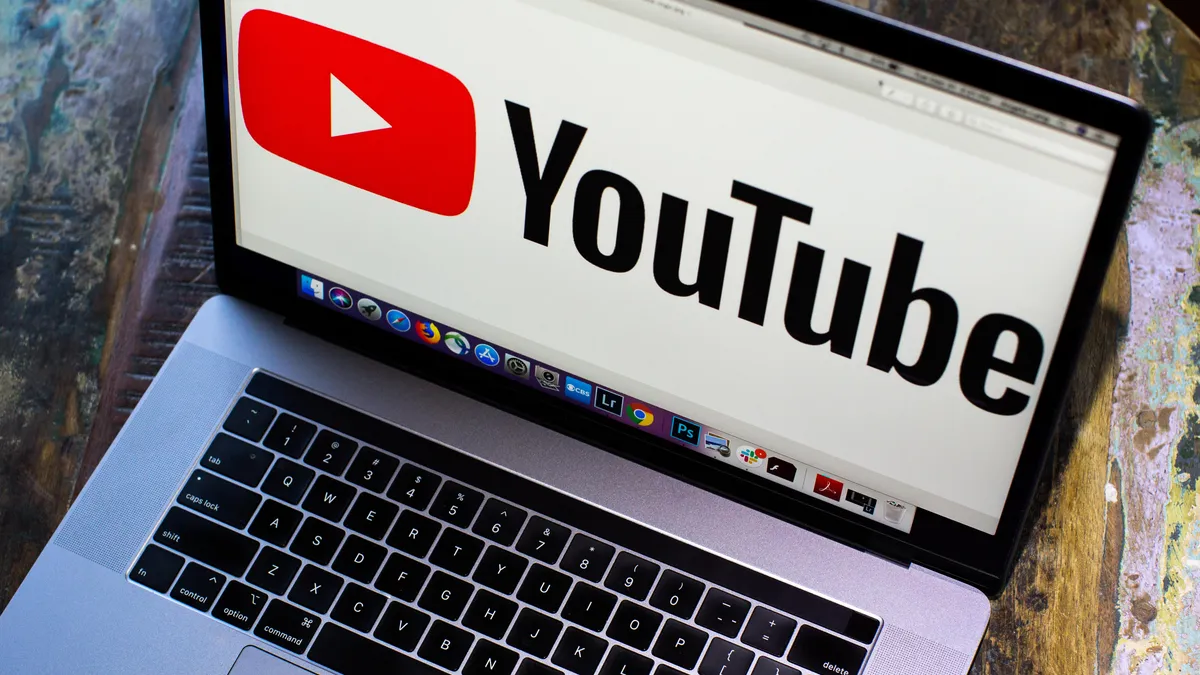Live Streaming on YouTube

YouTube allows creators and viewers to
interact instantly with its live broadcast feature. Live broadcasts enable real-time
sharing of an event or experience and are used in a variety of content types.
Artists, musicians, and organizers can reach a wide audience by hosting live
concerts, music events, and festivals on YouTube. Gamers can live stream while
playing games and interacting with other players. Game live streams allow viewers
to watch games live and chat with players. YouTubers and creators can interview, answer questions,
and chat with viewers on live streams. Companies and brands can use live streams for product
launches, promotions and special events. Educators and experts can present educational content and
answer questions via live streams. Live streams strengthen the bond between creators and
viewers on YouTube as they enable viewers to interact in real time. It is also an effective tool to
convey the enthusiasm and vitality of events and experiences on the digital
platform.
YouTube's Censorship Controversies
YouTube has occasionally been the subject of
controversy over content moderation and censorship. Censorship refers to the removal
or restriction of access to certain content by controlling the content by the
platform for compliance with certain policies or rules. YouTube makes decisions about
limiting or removing certain types of content or expressions when enforcing its
content policies. This can lead to censorship debates between creators and
viewers. YouTube's content control may be criticized by some users as limiting
freedom of expression or censoring it. Creators may request an explanation as to why their
content was deleted or has limited access. YouTube's content rating algorithms can result in false
positive or negative reviews. False-positive reviews can cause inappropriate content to
be accidentally removed, and false-negative reviews can cause inappropriate
content to remain on the site. YouTube responds to these discussions by continually
making updates and improvements to content moderation and censorship.